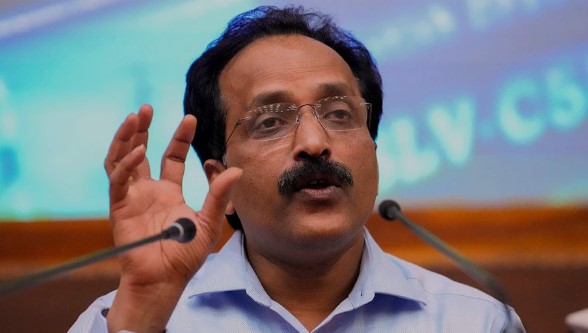The Indian Space Research Organisation or ISRO is preparing for its upcoming Chandrayaan 4 mission with a groundbreaking strategy: assembling spacecraft modules in space. This mission, aimed at retrieving lunar samples, presents unique challenges that require ISRO to utilise Bharat’s most powerful rocket system to date.
Unlike previous missions, Chandrayaan 4 will be launched in segments due to the spacecraft’s size surpassing current rocket capabilities, as highlighted in media report. ISRO Chairman S Somanath elaborated on this approach during a Delhi event, stating, “Our rockets lack the capacity to lift the entire spacecraft in one go.”
The innovative technique of assembling spacecraft parts in orbit, while common for projects like the International Space Station (ISS), represents a significant leap for lunar exploration. Somanath asserted that while ISRO is not pioneering in-orbit assembly, this method marks a pivotal advancement in Bharat’s space capabilities.
Chandrayaan 4 is integral to ISRO’s Vision 2047, which includes ambitious plans for Bharat’s own space station, Bharatiya Antariksh Station or BAS, set for launch by 2035, and manned lunar missions by 2040. BAS will also be constructed through multiple launches, with the initial phase slated for liftoff in 2028.
ISRO is finalising comprehensive proposals, encompassing cost estimates and technological requisites, which will soon undergo government review. Simultaneously, the agency is progressing with the development of the Next Generation Launch Vehicle-NGLV, tailored to support more complex missions, necessitating the establishment of a new launch complex.
These initiatives underscore ISRO’s commitment to advancing Bharat’s capabilities in space exploration, reinforcing its role as a key player in global aerospace endeavours.

















